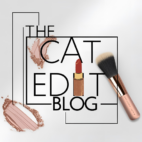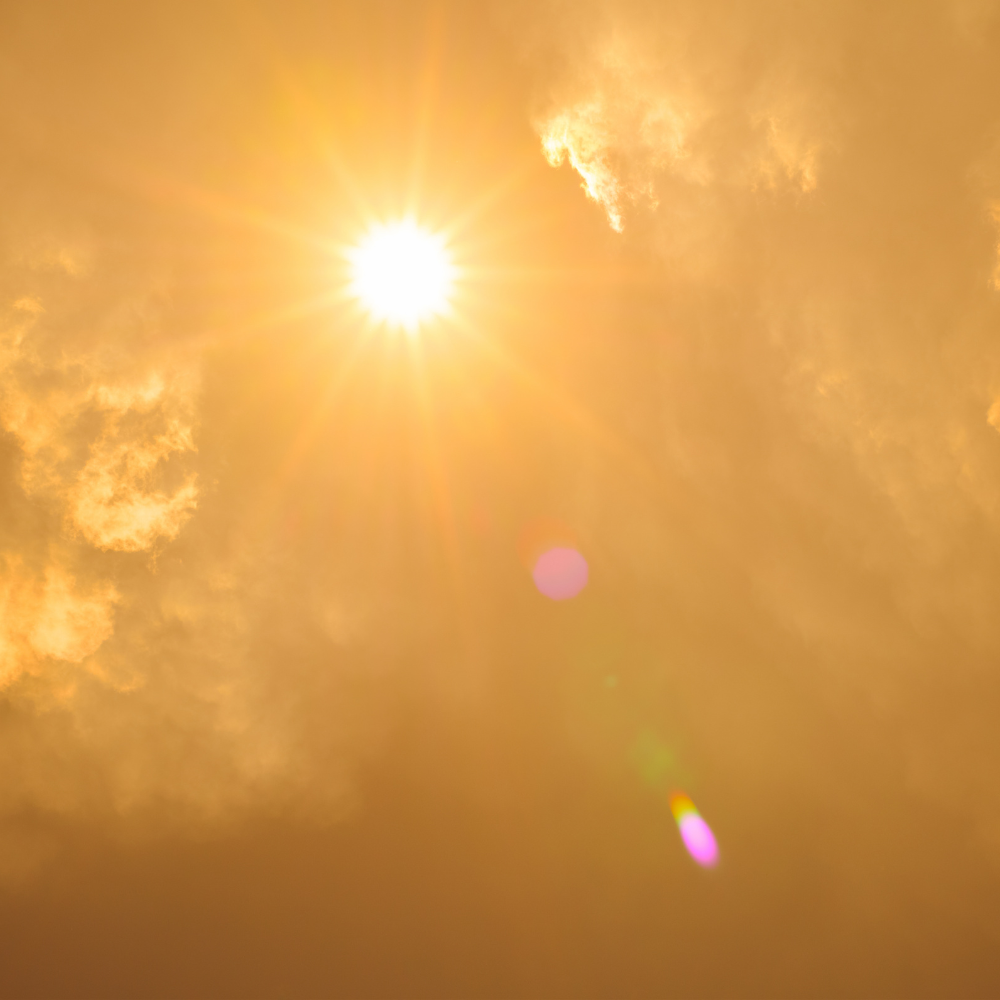We think we know, but we have no idea, how they say.
Those of us who really care about the health of our skin, we try to take measure to protect it. But without proper information, we end up wasting money on products and time and we don’t manage to get protection from the bad side effects of the sunrays.
Disclaimer: This post may contain affiliate links which means I may receive a commission for purchases made through links. I will only recommend products that I have personally used! Learn more on my Private Policy page.

Sun rays emit different types of light. About two specific types we all probably heard of, as they are responsible for damaging the skin.
ULTRAVIOLET A (UVA)
ULTRAVIOLET B (UVB)
We have to make sure our sunscreen label says broad-spectrum or UVA/UVB protection or multi-spectrum. That is the only way we can get the maximum protection. UVA and UVB rays cause skin cancer, signs of aging and other unpleasant damaging actions.
The subject of sunscreen is quite vast , so I will come back later with a post about types of sunscreen. We will either use Physical Sunscreen or Chemical. But I will go in depth later.
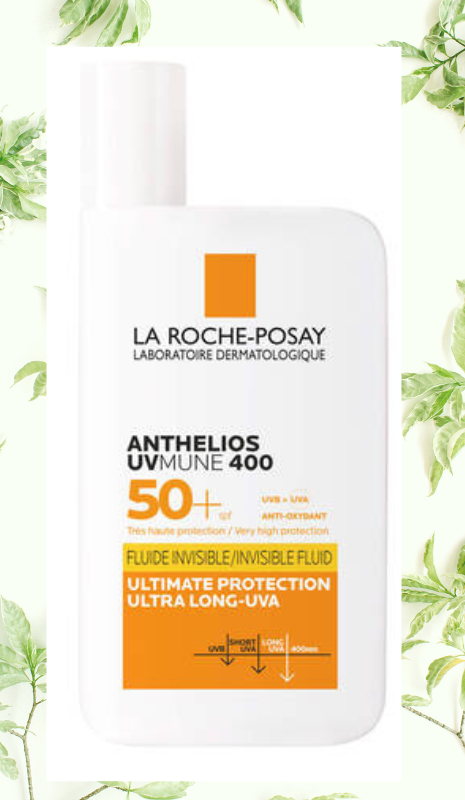
For example, the sunscreen I love the most from La Roche Posay, the ANTHELIOS UVMUNE 400 is a physical sunscreen.
I will also explain in my next post how to read and “translate” what is written on the package.
The reason of this post is to raise awareness that even if our intention is good, the fact we don't pay attention to some basic points, we end up in making useless the process of applying sunscreen. Incorrect application leads to less protection from harmful ultraviolet rays and the skin is exposed to sun damage. Here are the top common mistakes we all make.
1. We don't apply the sunscreen when we should
And that , my friend, is 15-30 minutes BEFORE the exposure. And not when we hit the beach sand or on the side of the pool. That time frame allows the sunscreen to provide the maximum benefit.
2. We don't apply the sunscreen frequently.
One time is just not enough. It should be applied every two hours, and more often if we are swimming or sweating or driving or you are next to a window.
On our everyday life, if we already applied makeup, we can use powders that have SPF or aerosols, which I am not such a big fan of, but it serves the main purpose.
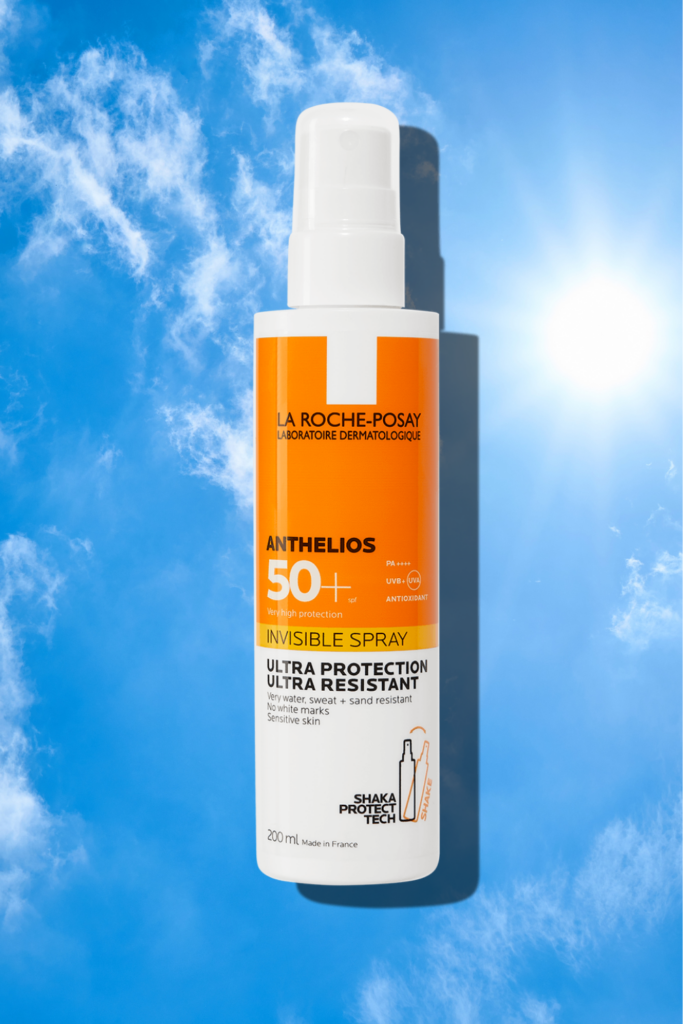
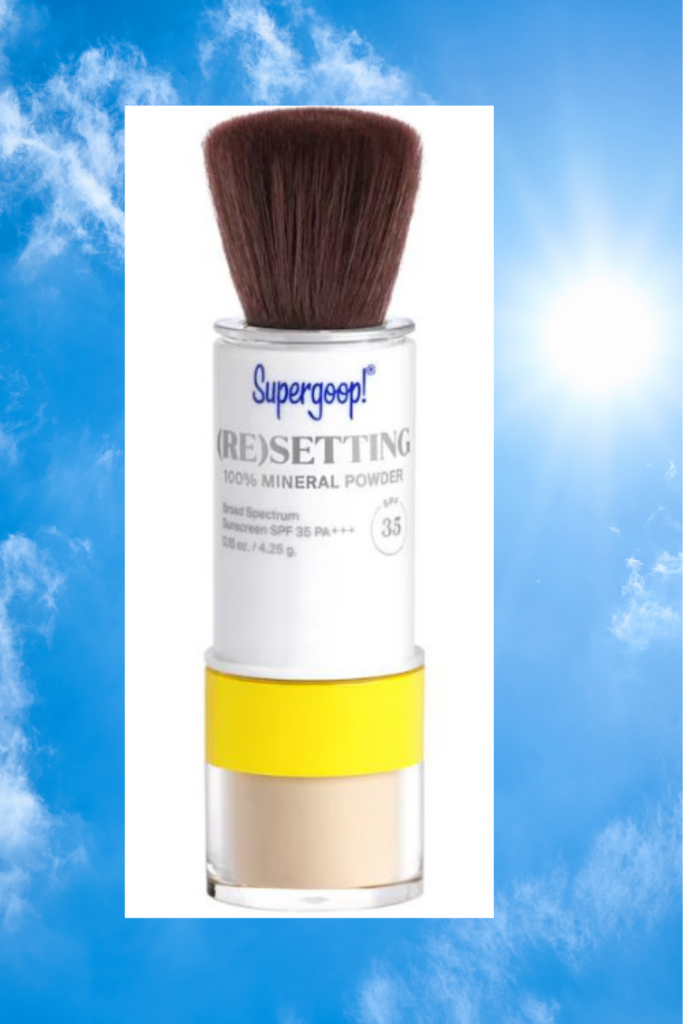
3. We don't use a high enough SPF
SPF stands for SUN PROTECTION FACTOR. In sunscreen, SPF helps to block your skin from radiation. The SPF value is determined by dividing the amount of UV radiation needed to cause sunburn on skin with sunscreen by the amount of UV light it takes to cause sunburn on unprotected skin. It is not how long you can stay in the sun, as one might think.
In order to have efficiency, it is recommended to use at least SPF 30 and to avoid exposure between 10 a.m. and 4 p.m. SPF 30 blocks 97% of UV rays, while SPF 50 blocks 98% of UV rays so don’t be so stressed about getting the highest one, it is important to be at least 30 though.
4. We rely on the sunscreen in our makeup to do the job for us
It’s easier, right? We see SPF and we grab it for the day. Most of the foundations that even contain SPF will have a 15 one. Not enough for the protection of our skin. And second of all , we don’t apply enough quantity to serve the purpose. Imagine how cakey would that look if we would use the recommended quantity which is something like half a teaspoon for face and neck. We usually go with a pump of foundation all over, so not enough.
So we should use either a cream/primer and add on the top the proper sunscreen for our skin type and then the foundation.
Plus you will still need to reapply – powder or aerosol.
5. We don't apply around the eye area
GUILTY.
I have trouble using normal sunscreen around the eye area because I am always afraid I will get it in my eyes, and then my eyes will start to water or get irritated. The region around the eyes has the thinnest skin on the body, so less protection from the ultraviolet light .
I have discovered that the Anthelios fluid one from La Roche Posay doesn’t make my eyes sensitive, but I know a lot of persons with very very sensitive eyes, and they couldn’t possibly put a cream around.
In this case we must rely on eye creams with SPF and of course reapply during the day (aerosol or powder sunscreen) and wear quality sunglasses for sun protection.
6. We don't apply even layers of sunscreen.
For full even protection , we need even application. Are you sure you are applying even quantities around the ears, around the hairline , the neck and back of the neck? Studies show that we don’t, leaving us exposed to the harmful rays.
7. We don't use appropriate products for the age group.
Babies, children, adults need different products for protection. Let’s not even mention that small babies shouldn’t be in the sun at all.
Children are very sensitive to sunburns than can make big damages, they are all the time playing careless in the water or plain sun , which increased the risk of sunburn. They should wear a high SPF sunscreen, applied more often then usual, applied 15-30 minutes before exposure, if possible they should wear a hat and clothes for protection. Look for broad spectrum sunscreen and hypoallergenic ones also, without the use of harsh chemicals.
8. We are not checking the expiration date on the package.
We must have in some beach bag some sunscreen from last year, or who knows from when. The one that smells so good, like a vacation, no?
Be careful with expired sunscreens. They are useless and harmful as the chemicals become inactive, leaving us unprotected. Always check the expiration date.
9. We underestimate the power of a sun that we don't see.
The sunscreen is to be used all year round. Winter or rainy or cloudy or indoors near a window.
It’s true that in the winter the UVB light decreases, but the UVA is constant all year. We expect with more clouds less damage from the sun. Just because we don’t see the danger, it doesn’t mean it’s not there
